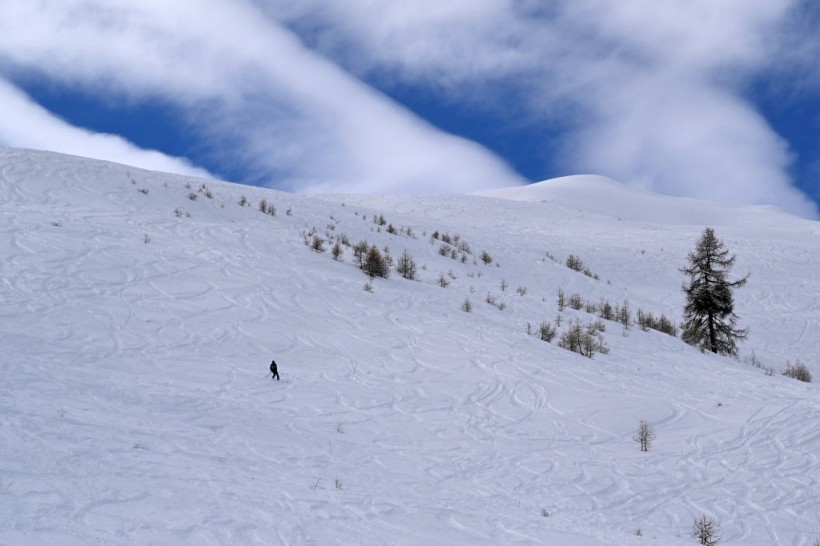Erosion rates in European Alps have declined in more recent years compared to the Holocene Age.
A recent study has said that the deglaciation during the Holocene Period had significant effects on the surrounding mountainous environments because the glaciers retreated and left distinct landforms in their wake.
Rock Wall Erosion
Experts said that the alpine rock wall erosion studies have suggested that deglaciated rock walls in the European Alps are eroding slower today than at earlier times in the Holocene.
They said that explanations for this have included a waned glacial debuttressing effect since the retreat of Last Glacial ice loads and the establishment of more moderate climates, but seldom have such explanations been robustly tested.
Researchers combined field data with modelling to reconstruct changes in rock wall erosion and associated climate drivers, in an alpine valley of the European Alps since the beginning of the Holocene.
They said that Paleo (Holocene to decadal-scale) erosion rates were calculated from talus accumulation below rock walls, and compared with recent rates (2016-2019) measured from repeat laser scan surveys of the same rock walls.
They reconstructed the glacial retreat history in the valley, and modelled Holocene changes in permafrost distribution and frost cracking using calibrated rock wall temperature reconstructions.
''We found that rock walls that have been free of glacier ice since ∼10 ka experienced higher Holocene-averaged erosion rates compared to recent erosion rates,'' the scientists said.
The modelling suggested that this relates to periods of higher intensities of frost cracking and cycles of permafrost aggradation and degradation in the Holocene, relative to today.
For a recently deglaciated high-elevation rock wall, erosion rates were one to two orders of magnitude greater than the lower-elevation sites, but decayed rapidly over time since deglaciation.
The scientists explained that a high, but rapidly decaying rate results from short-lived paraglacial adjustment, permafrost thaw and high frost cracking activity.
The findings have suggested that periglacial activity strongly influences the rates and patterns of erosion of deglaciated alpine rock walls. This helps to explain why paleo Holocene deglaciated rock wall erosion rates tend to exceed recent rates in the European Alps.
Read Also: The Fastest Natural Erosion on Earth
Erosion Rates
Erosion rates are sensitive to the time scale of observation, especially so in mountain settings where erosion is episodic.
Measurements of short-term erosion rates can be biased by the presence or absence of low-frequency, high magnitude events within the monitoring window.
Experts expressed belief that the three-year monitoring window has been a representative of recent erosion.
Climate has been warming over the past few decades, and the climate during the period 2016-2019 fits with this trend and was not an anomalously quiet period in terms of potential rockfall-triggering weather events.
They said that Paleo erosion rates for the Holocene or longer periods integrate short-lived episodes of higher-than-average erosion, resulting from exemplary glacier retreat and periods of lower-than-average erosion into one averaged erosion rate.
For a high-elevation, recently deglaciated rock wall, erosion rates were much greater but decayed rapidly, which we infer to paraglacial adjustment, permafrost thaw and high frost cracking activity.
The findings confirmed that climate-driven changes in periglacial processes and permafrost distribution strongly influence the rates and patterns of rock wall erosion at alpine rock walls, and explain the divergence between paleo and recent rates of rockfall activity in the European Alps.
Related Article: Sand Dune Restoration Project Could Solve Coastal Erosion Amid Global Sea Level Rise
© 2024 NatureWorldNews.com All rights reserved. Do not reproduce without permission.






